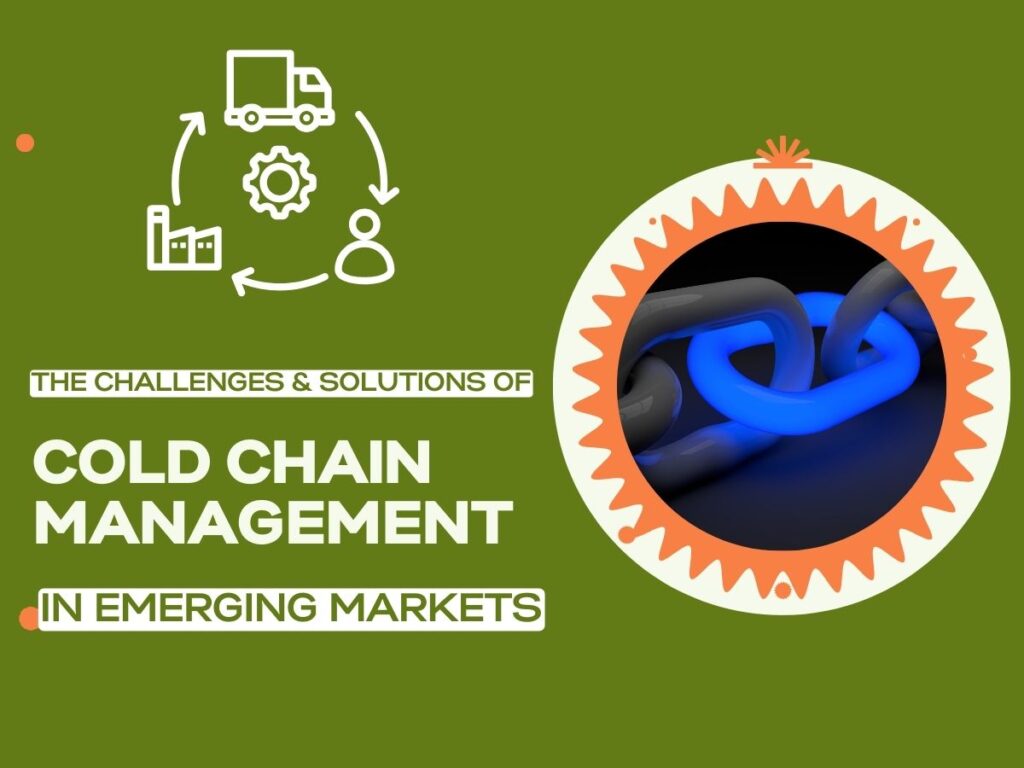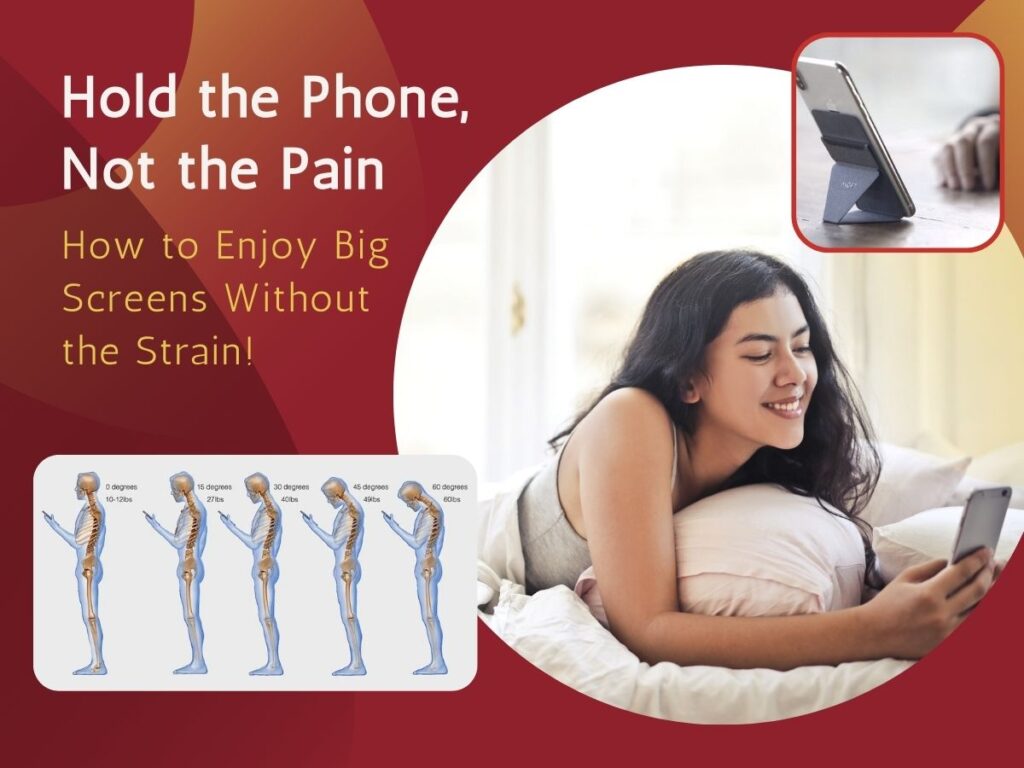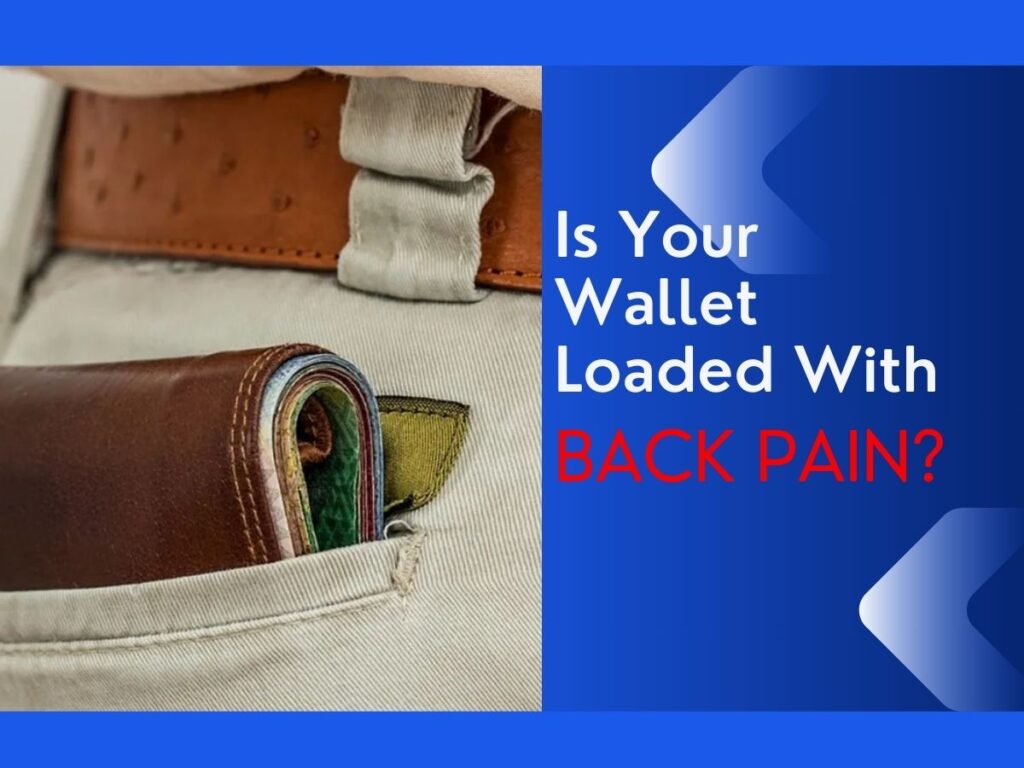The Challenges and Solutions of Cold Chain in Emerging Markets
In today’s rapidly expanding Global Healthcare landscape, ensuring the safety and efficacy of temperature-sensitive medications has become increasingly critical. With the rise of innovative treatments such as biologics, vaccines, and specialty drugs, the demand for efficient Cold Chain Solutions has never been higher. However, the logistics of maintaining a cold chain, especially in Emerging Markets, poses unique and significant challenges. These markets, including large countries like India, are grappling with various Logistics Challenges that hinder the safe distribution of cold chain products. This blog delves into these challenges and offers innovative solutions to ensure the preservation and safety of critical medical products. The Challenges of Cold Chain in Emerging Markets Emerging markets across the globe, including India, are seeing substantial growth in healthcare demand. This surge stems from increased access to healthcare services, rising incomes, and improved awareness of medical treatments. However, the infrastructure required to support Cold Chain Solutions is often lacking or underdeveloped, especially in rural and underserved regions. The cold chain—an uninterrupted series of temperature-controlled environments essential for preserving perishable products—faces several major obstacles in these regions. Lack of Infrastructure:In many Emerging Markets, infrastructure is inadequate to support the intricate requirements of a cold chain. This includes poor transportation networks, unreliable electricity supply, and a lack of proper storage facilities. In countries like India, vast rural areas do not have the necessary refrigerated storage or power backup to ensure medicines are stored at the right temperatures, posing a significant risk to the efficacy of these treatments. Inconsistent Temperature Control:Cold chain products, especially biologics and vaccines, need to be stored and transported within very narrow temperature ranges. Any deviation can compromise the effectiveness of the product. In Emerging Markets, the logistics of ensuring consistent temperature control from the point of manufacture to the point of administration is daunting. Unreliable transportation systems and long travel times in regions with extreme weather conditions exacerbate this issue. High Costs:Maintaining an effective cold chain is expensive. The need for specialized vehicles, storage facilities, and real-time monitoring systems drives up costs. In Emerging Markets, where healthcare budgets are often constrained, these costs can become prohibitive, leading to the improper handling or storage of temperature-sensitive products. Limited Knowledge and Training:Another major challenge is the lack of awareness and training among healthcare workers and logistics professionals in Emerging Markets regarding the importance of cold chain integrity. Mishandling of drugs during transportation or improper storage can lead to the degradation of these products, which, in turn, leads to poor patient outcomes. Fragmented Supply Chain:The supply chains in Emerging Markets are often fragmented, with multiple intermediaries involved in the transportation and distribution process. This fragmentation makes it difficult to ensure that cold chain products are consistently handled according to the required temperature standards throughout their journey. Growth of Global Healthcare and Specialized Treatments As Global Healthcare continues to evolve, new treatments and therapies that rely on cold chain storage are becoming more prevalent. Treatments like biologics, gene therapies, and mRNA vaccines, which are highly sensitive to temperature changes, are becoming mainstream. These advanced therapies often require storage at sub-zero temperatures to maintain their potency and effectiveness. The development of these treatments represents tremendous progress in medical science. However, they also pose a logistical challenge, particularly in Emerging Markets, where the infrastructure to support such treatments is not always in place. The ability to maintain a reliable cold chain becomes crucial for ensuring that patients in these regions can access life-saving treatments. The Unique Logistics Challenges of Cold Chain in Emerging Markets Geographical Diversity:In large countries like India, the geographical landscape ranges from scorching deserts to frigid mountainous regions. This diversity presents a unique challenge for cold chain logistics. Transporting temperature-sensitive products through such varied climates, while maintaining consistent temperature control, is no small feat. Poor Road and Transportation Networks:In many Emerging Markets, road and transportation networks are underdeveloped, especially in rural and remote areas. This creates delays in the supply chain and makes it difficult to ensure the integrity of temperature-sensitive products. Many areas are inaccessible by standard vehicles, and alternative transportation solutions are either inadequate or too expensive. Electricity Shortages:Maintaining a cold chain requires a consistent power supply, particularly for refrigeration. In countries where electricity shortages or outages are common, ensuring proper storage and transportation of cold chain products becomes a significant hurdle. High Risk of Product Degradation:The longer the transportation and storage times, the greater the risk of temperature deviations and product degradation. This is particularly relevant for Emerging Markets, where logistics delays and poor infrastructure can lead to spoilage or loss of critical products, negatively impacting patients’ health. Innovative Solutions for Cold Chain in Emerging Markets While the challenges are significant, there are several Cold Chain Solutions that can help ensure the safe delivery of temperature-sensitive products in Emerging Markets: Solar-Powered Refrigeration Units:In areas with unreliable electricity, solar-powered refrigeration units can be an effective solution for maintaining cold chain integrity. These units are capable of providing continuous refrigeration even during power outages, ensuring that products remain within the required temperature ranges. I have myself been a part of a cold chain maintenance & preservation project in 2 remote areas with very poor electricity & infrastructure areas and these have been highly viable projects which are still operational with negligible maintenance requirements in Northern India. The result was wonderful. Portable Cold Chain Devices:Innovative portable refrigeration devices are being developed for use in Emerging Markets. These portable devices are ideal for last-mile delivery in rural and remote areas where traditional cold chain infrastructure may not be available. Real-Time Monitoring Systems:Temperature monitoring technology has advanced significantly in recent years. Real-time tracking and monitoring systems now allow companies to remotely monitor the temperature of products during transportation and storage. These systems send alerts in case of any deviation, enabling quick corrective action to maintain product safety. This again has been a great support and the costs of setting up these systems have also come down substantially over the past 5 years. Collaborative Partnerships:Pharmaceutical companies, logistics providers, refrigeration






